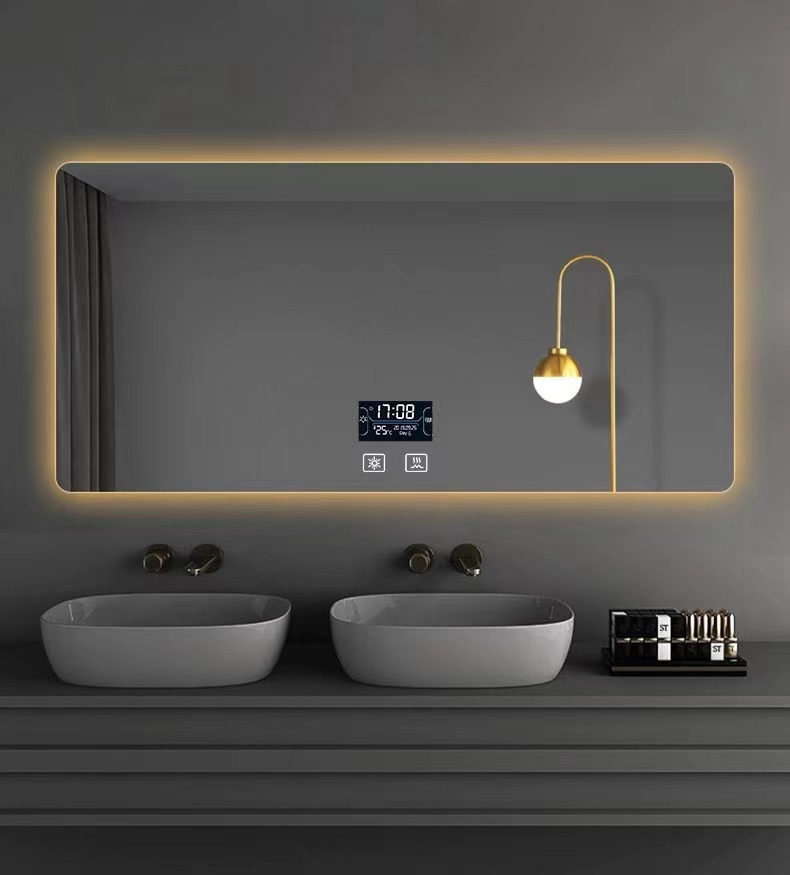

The Artistic Appeal of Tinted Glass Design
Tinted glass has long been revered in the architectural and artistic world for its aesthetic and functional qualities. This versatile medium transforms spaces, providing both visual intrigue and practical benefits. From modern skyscrapers to residential homes, tinted glass design is an essential element that combines beauty with functionality.
Aesthetic Qualities
The visual allure of tinted glass is perhaps its most striking feature. Available in a myriad of colors and shades, tinted glass can create stunning effects when combined with light. The way it refracts sunlight can result in vibrant hues that dance across surfaces, casting colorful patterns throughout an interior space or the exterior of a building. Designers often use tinted glass to control visibility and light penetration, creating atmospheres that can be both uplifting and calming.
One notable characteristic of tinted glass is its ability to enhance the architectural form. It can soften the harsh lines of a building, complementing other materials such as wood, stone, or steel. The interplay between tinted glass and these materials creates a dynamic visual experience. It can also provide a contrast in texture and opacity, adding depth and complexity to an architectural facade. The sleek and modern appearance of tinted glass works well in urban environments, providing a contemporary look that is both sophisticated and chic.
Functional Benefits
Beyond its aesthetic appeal, tinted glass offers numerous functional advantages. One of the most significant benefits is its ability to reduce glare. In environments where natural light is abundant, glare can be a major issue, distracting occupants and making it difficult to focus. The application of tinted glass can alleviate this problem, providing a more comfortable and enjoyable atmosphere for both work and relaxation.
Moreover, tinted glass plays a crucial role in energy efficiency. By reducing the amount of solar heat that enters a building, it helps to maintain a stable indoor climate, minimizing the need for excessive heating or cooling. This can lead to significant energy savings over time, making tinted glass a sustainable choice for environmentally-conscious designers and homeowners alike. In addition, many tinted glass products come with UV protection, shielding interiors from harmful rays that can fade furniture and artwork.

Enhancing Privacy
Another important aspect of tinted glass design is privacy. In urban settings where buildings are closely packed together, maintaining personal space can be challenging. Tinted glass provides an effective solution, allowing light to filter through while obstructing views from the outside. This can be particularly beneficial in bathrooms, conference rooms, and residential spaces where privacy is a priority. The transparency offered by tinted glass allows occupants to enjoy natural light without sacrificing their sense of security.
Innovative Applications
The versatility of tinted glass extends beyond traditional applications. It can be used in various innovative ways, such as art installations, feature walls, and even in furniture design. Artists have begun to experiment with tinted glass to create thought-provoking pieces that challenge perceptions of space and form. For instance, kinetic sculptures made from tinted glass can change appearance based on the viewer's position and the light's angle, transforming the experience of art and architecture.
In addition, advances in technology have led to the development of smart tinted glass. This type of glass can change its opacity with the click of a button, allowing users to adjust the amount of light and visibility based on their needs. Such innovations enhance the functionality of tinted glass, making it an even more attractive option for modern spaces.
Conclusion
In conclusion, tinted glass design represents a harmonious blend of art and utility. Its aesthetic versatility, functional advantages, and innovative applications make it an invaluable material in contemporary architecture and design. Whether used to create visually stunning façades or to enhance the comfort and privacy of indoor spaces, tinted glass continues to captivate designers and homeowners alike, proving that it is much more than just a practical choice—it is a vibrant medium for creativity and expression. As we embrace sustainability and innovative design, tinted glass will undoubtedly remain at the forefront of architectural trends.